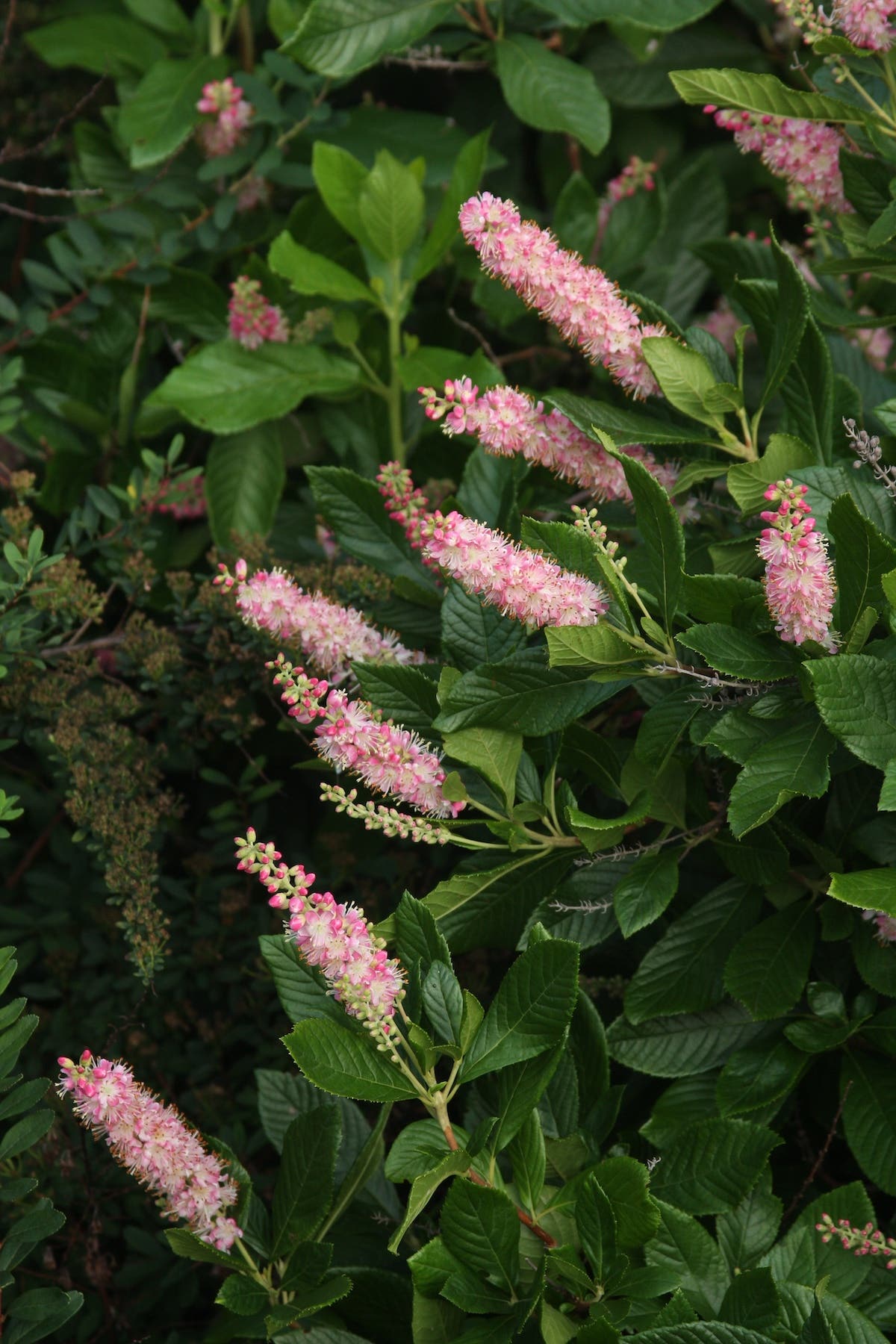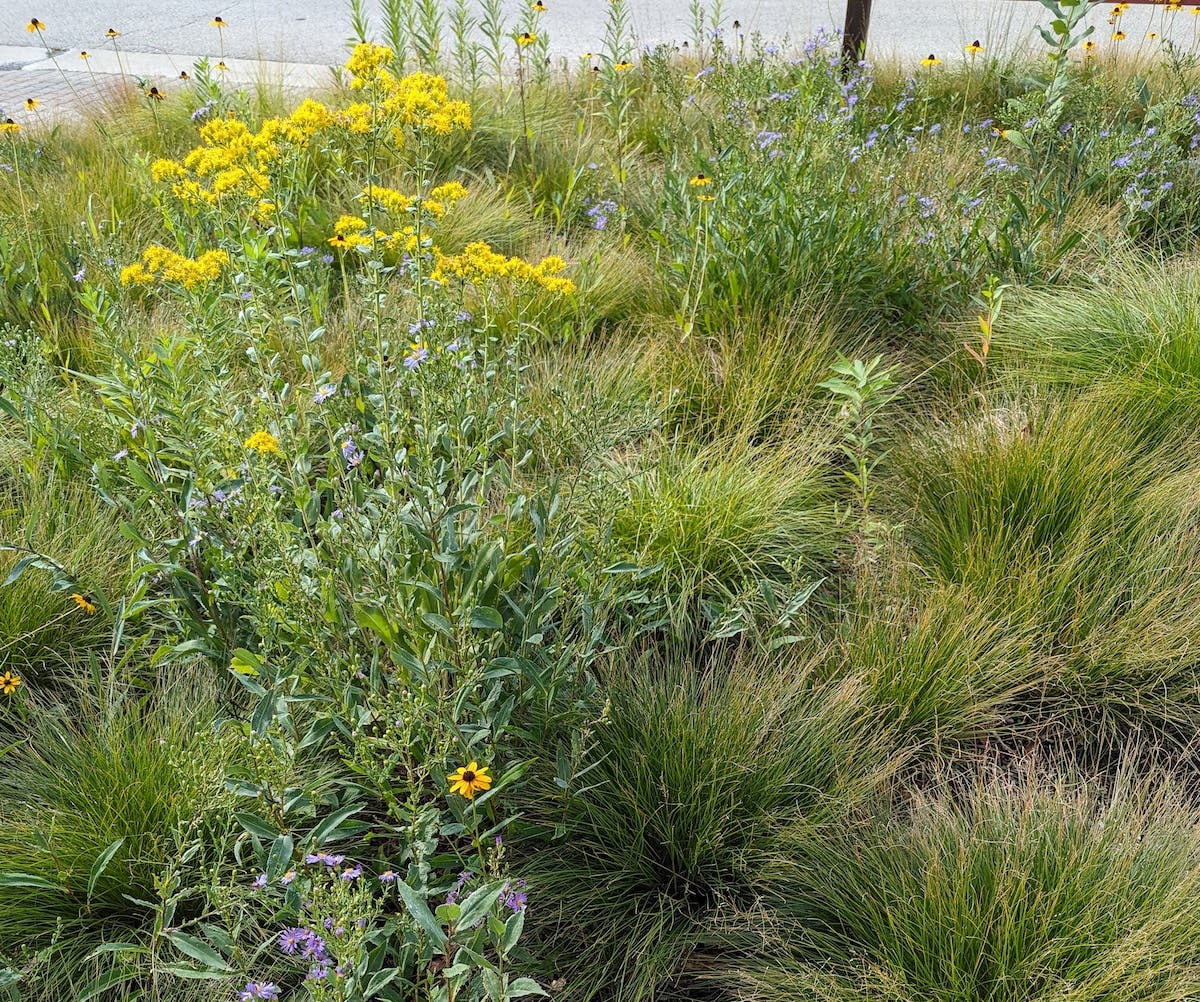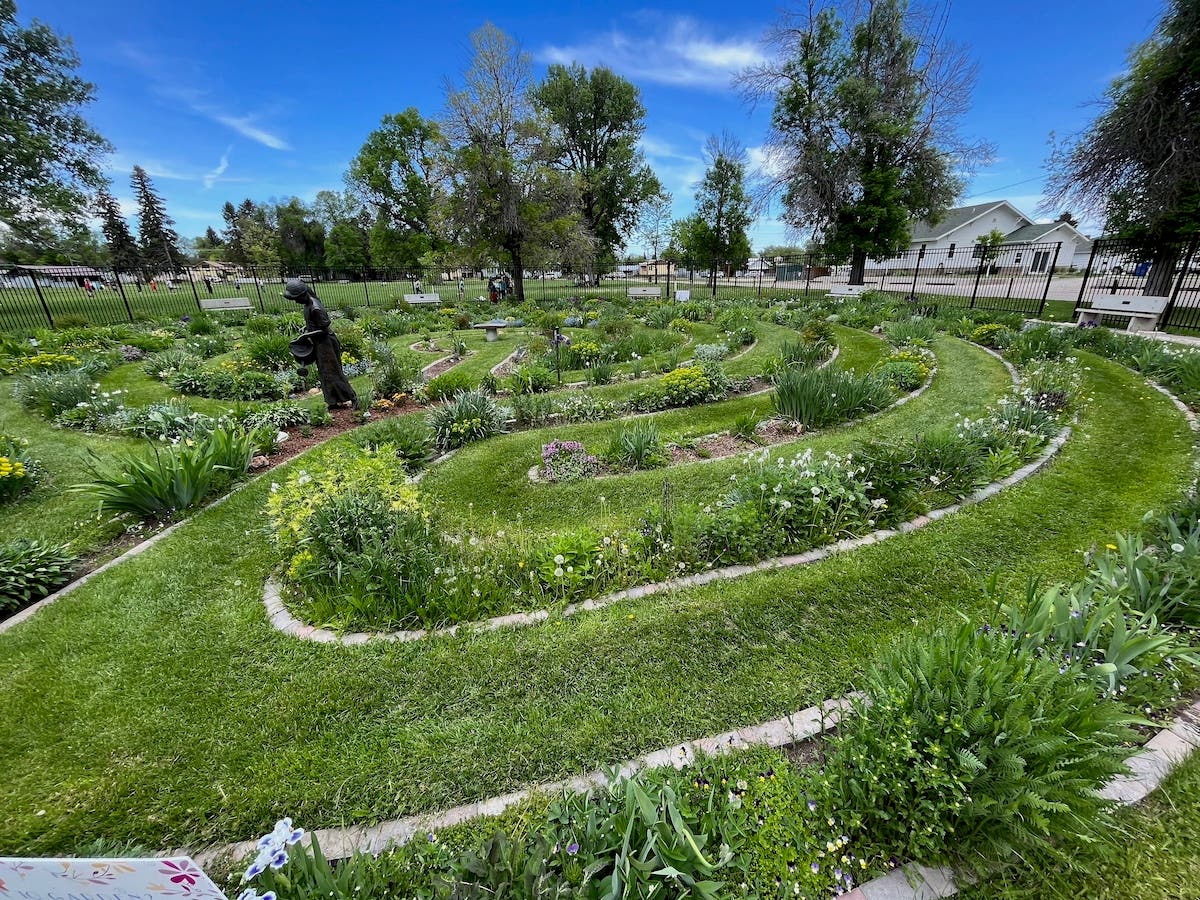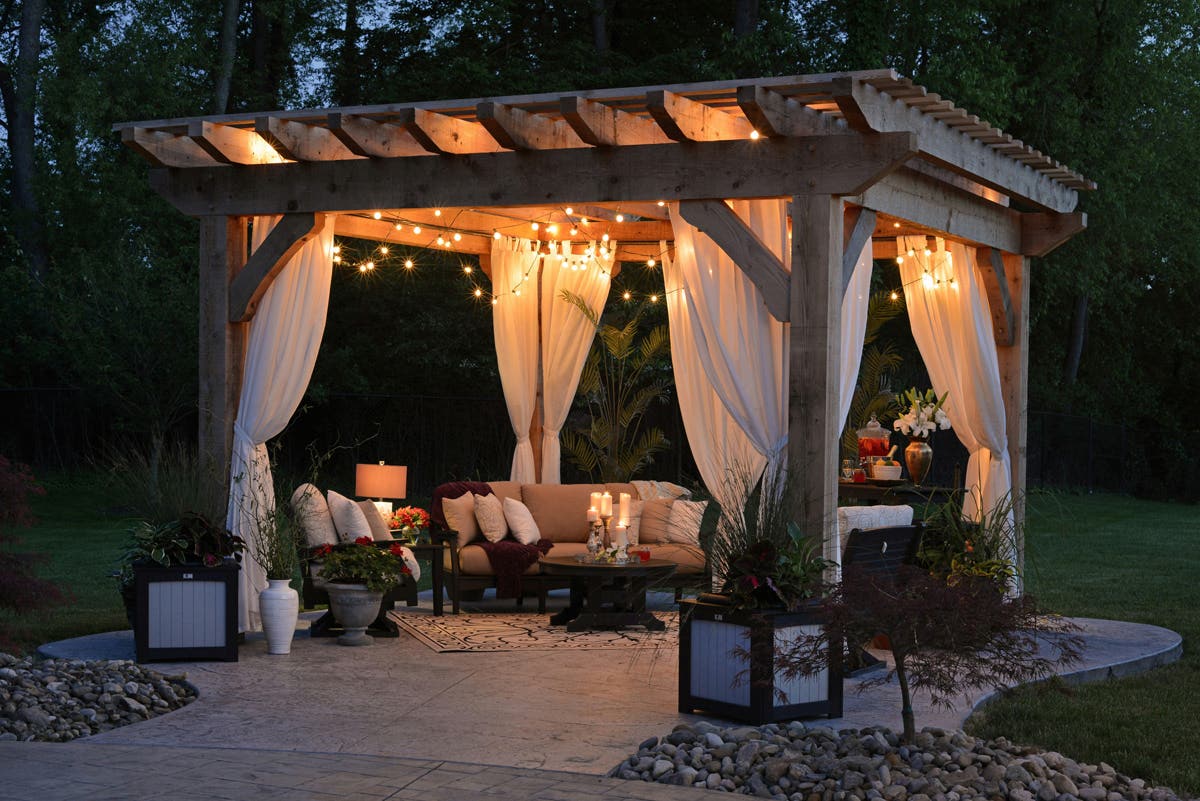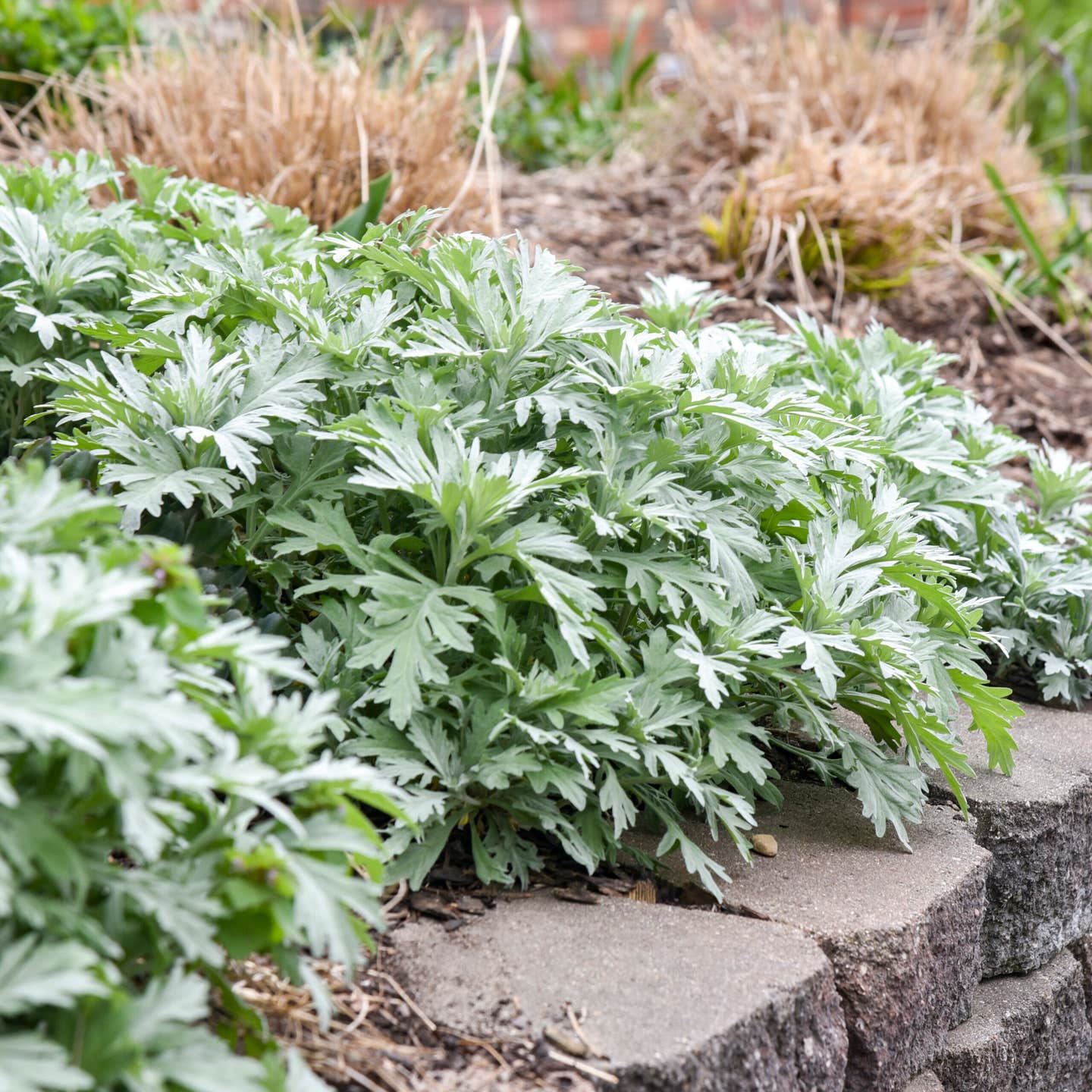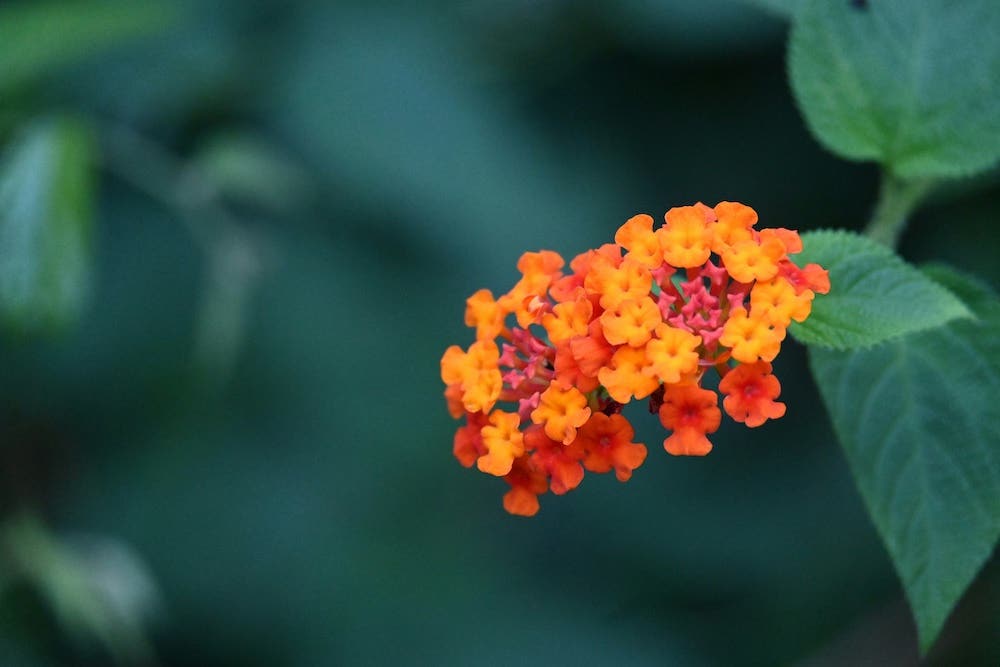Thyme For A Change
For Amy Goldman—the consummate vegetable gardener and prominent proponent of all things connected with cucurbits—herbs were a natural progression. In her initial encounters of an herbal kind, Amy added them to her vegetables for a little pizzazz…
For Amy Goldman—the consummate vegetable gardener and prominent proponent of all things connected with cucurbits—herbs were a natural progression. In her initial encounters of an herbal kind, Amy added them to her vegetables for a little pizzazz. Not that her ‘Marina di Chioggia’ turban squash gnocchi would be lost without walnut sage pesto, but sage’s throaty herbal zing certainly pushed the flavors into another sphere. Sage provided a similar service for her winter squash chicken pot pie. By the same token, her piccalilli relish would be lacking without celery seed, just as the spicy zucchini corn muffins would be bereft without scallions. As anyone adept at the culinary arts knows, herbs make the world go ’round.
And that’s really how an herb garden came to command the crest of Amy Goldman’s Rhinebeck, New York, hilltop. From its inception, the garden served a dual purpose: beauty and order. If Amy, a former clinical psychologist, was going to delve into herbs, she would do it in a comprehensive manner. Handsome at face value, her herb garden includes half a dozen or more representatives from each prominent herbal genus.
A Careful Plan
Amy saw that expanding the ornamental gardens adjacent to her greenhouse was just the touch she needed to ratchet up an area that was languishing. Not far from the house, but also front, center, and frequently visited on the way to the pool and greenhouse, the new portion of the garden had to look lovely. The herbs serve the design in addition to flavoring dinners.
When Lisa Cady, who designed the herb garden, went looking for appealing herbs, she had no problem. The great divide between ornamental and useful herbs was bridged long ago. Thanks in part to man’s intervention, herbs aren’t the dowdy little wallflowers they used to be. With the possible exception of tarragon, which hasn’t received a facelift to date, most herbs are quite handsome.
And the double duty that herbs do isn’t limited to the zest they lend to food. Used as cleaning agents and for dyes, as well as medicinally, herbs are the garden workhorses. Fortunately, they don’t look as though they provide the labor force. If anyone takes the phrase ornamental herbs as an oxymoron, they’re just not paying attention.
Besides being a designer, Lisa Cady is an herbalist. It was her herbal studies that prodded her to attend and graduate from the New York Botanical Garden School of Professional Horticulture and pursue a career in horticulture and garden design. Herbs were no strangers to Amy’s property. Anise, hyssop, Russian sage, catmint, and several other herbs had already infiltrated the perennial beds, creating broad sweeps of billowing blossoms that caught the light at sunset and scented the air. But the new herb garden was to be a more focused collection. With a central knot of basils surrounded by beds devoted to different species in the popular herbal genera—such as thymes, salvias, and reganos—the garden has scientific value far beyond its pretty face. Not limited to ornamentals, any herb that might come in handy in the kitchen, or elsewhere, is enlisted. The resulting scene is ravishing. Containers of salvias, plectranthus, eucalyptus, rosemary, and lavenders, which perform more impressively in pots, act as focal points and accents to the beds. The eucalyptus, nonhardy lavenders, and other tender potted herbs can be easily brought into the greenhouse when frost threatens.
What Herbs Like
Before a single herb could be slipped into Amy Goldman’s garden, the soil needed help. Although herbs are not finicky, they tend to prefer good drainage. Basically, the heavy clay in Rhinebeck wasn’t their ideal underpinning. The top 18 inches of the garden was excavated and filled with better draining soil. Lisa was careful not to add quantities of compost, as herbs are not fond of high nitrogen. (A rich soil can dilute an herb’s flavor, watering down its essential oils.) And since many herbs are native to regions with alkaline soil, ground limestone was applied as a soil amendment.
It was no accident that the herb garden is sited on the crest of a sun-drenched hill. Most herbs require sun for maximum performance and prime perfume, the exception being members of the mint family, which tolerate shade. (Though they perform in sun if necessary.)
Although many herbs are drought tolerant, they prefer not to be stressed. Central to the design of the herb garden are concentric rings of purple ‘Osmin’ basil and emerald green Thai basil, which require adequate water to perform best. Plectranthus has also been known to brown at the leaf tips if forced to wilt frequently. The lack of an irrigation system isn’t the deal breaker for an herb garden, but one often comes in handy.
Herbs go about their business with little need of intervention. But if business-as-usual includes flowering and a bristling mound of foliage is the goal, then cutting back is a regular chore. Basil, in particular, is better off if its flowers are literally nipped in the bud. On the flip side, flowers are the primary attraction on ornamental oreganos such as ‘Herrenhausen’, ‘Kent Beauty’, and ‘Hopleys’, and so they should be left to do their thing. Besides those modest requests, herbs are deliciously easy. Geraniums are the plant group most often credited with “asking so little, but giving so much,” but the same could be said for herbs.
Herbs Everywhere
Just as Amy Goldman updated the way we perceive vegetables, she’s busy prompting us to give herbs another chance. Rather than segregating them solely into their own domain, herbs are infiltrating the entire landscape. Horticulturally heterogeneous to the max, ornamental herbs fill a vast litany of positions in design. Need a shrub? Go for Vitex agnus-castus (chaste tree). Looking for a long, low hedge? Try Teucrium chamaedrys (germander) or Santolina chamaecyparissus (lavender cotton). There’s an herb that supposedly repels moles (Euphorbia lathyris) and rumors of one that dissuades deer (Tanacetum parthenium, alias feverfew).
Certain herbs present their finest performance in containers. For example, several salvias (most notably Salvia apiana and S. clevelandii) prefer the potted life. Using containers is the most convenient way to grow tender herbs, and handsome terra cotta pots holding herbs are sprinkled liberally throughout Amy’s garden, punching up the design. In fact, as accents on either side of the steps leading up to the pergola, Lisa has composed a pair of massive mixed urns spilling with herbs among other things. Plectranthus, bronze fennel, licorice plant, curry plant, oreganos, and many other ornamental herbs make excellent mixers. On the other hand, Lisa has discovered that the grasslike herbs, such as vetiver and lemon grass, do better in beds.
In any case, planted or potted, Agastache and all the rest are slipping into perennial gardens proper, proudly romping amidst other ornamental plants, on equal footing. The thymes they are a changin'.


